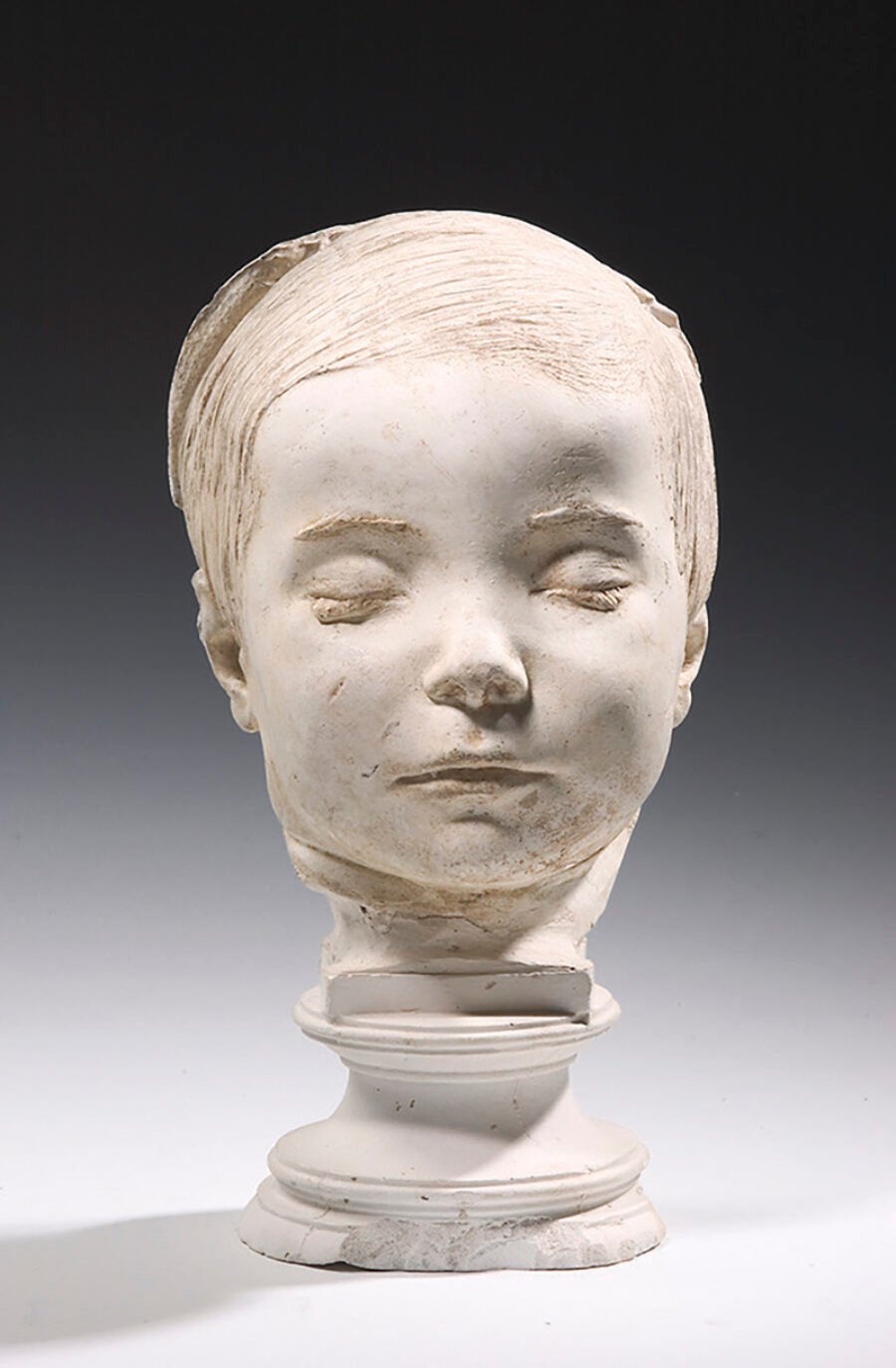
A postmortem cast by Hiram Powers of his son James Gibson, who died at the age of four in 1838. Courtesy the Smithsonian American Art Museum, Washington. Museum purchase in memory of Ralph Cross Johnson
The personal tragedy that shaped Joe Biden’s life was essential to the narrative of his 2020 campaign for president, as it had been during his past campaigns and for most of his political life. In January 2020, before the pandemic killed hundreds of thousands of Americans, The New York Review of Books had already described Biden as our “designated mourner.” As deaths from the coronavirus began to rise, National Review suggested that Biden’s empathy might be his most important quality in this “time of national sorrow.” The New York Times hailed Biden as an “emissary of grief,” and the…






































































































